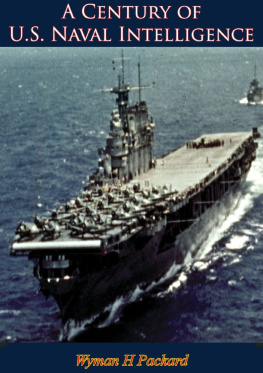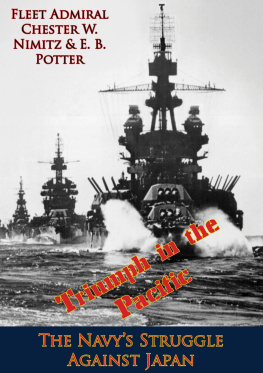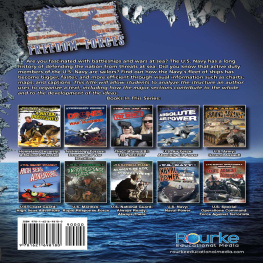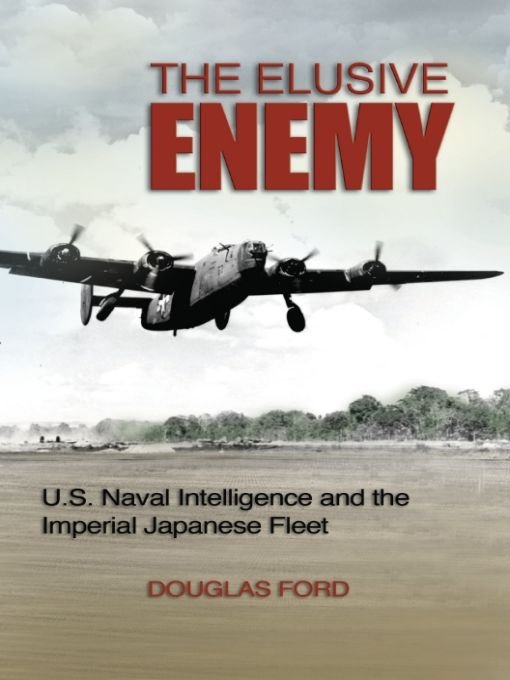Douglas Ford - The Elusive Enemy: U.S. Naval Intelligence and the Imperial Japanese Fleet
Here you can read online Douglas Ford - The Elusive Enemy: U.S. Naval Intelligence and the Imperial Japanese Fleet full text of the book (entire story) in english for free. Download pdf and epub, get meaning, cover and reviews about this ebook. year: 2011, publisher: Naval Institute Press, genre: History. Description of the work, (preface) as well as reviews are available. Best literature library LitArk.com created for fans of good reading and offers a wide selection of genres:
Romance novel
Science fiction
Adventure
Detective
Science
History
Home and family
Prose
Art
Politics
Computer
Non-fiction
Religion
Business
Children
Humor
Choose a favorite category and find really read worthwhile books. Enjoy immersion in the world of imagination, feel the emotions of the characters or learn something new for yourself, make an fascinating discovery.

- Book:The Elusive Enemy: U.S. Naval Intelligence and the Imperial Japanese Fleet
- Author:
- Publisher:Naval Institute Press
- Genre:
- Year:2011
- Rating:4 / 5
- Favourites:Add to favourites
- Your mark:
The Elusive Enemy: U.S. Naval Intelligence and the Imperial Japanese Fleet: summary, description and annotation
We offer to read an annotation, description, summary or preface (depends on what the author of the book "The Elusive Enemy: U.S. Naval Intelligence and the Imperial Japanese Fleet" wrote himself). If you haven't found the necessary information about the book — write in the comments, we will try to find it.
In this exploration of U.S. naval operations and intelligence-gathering efforts, Douglas Ford introduces a new perspective on the clash between the United States and Japan in the Pacific. At the outset of the war, the U.S. Navy could not accurately determine the fighting efficiency of Japans Imperial Navy and land-based fighting forces. As the capabilities designed to improve intelligence gathering evolved, technology, ingenuity, and sheer luck often combined to produce useful, but incomplete, information. Only through combat over an extended period of time, Ford demonstrates, did the U.S. Navy actually identify the capabilities of its adversary. The intense combat produced a trove of information obtained from prisoners, captured weapons, and documents, and firsthand accounts of American naval personnel often provided some the most actionable intelligence of the war.
In recent years, a large number of documents related to intelligence activities during World War II has been declassified and made available in U.S. and British archives. As a result, a steady flow of work on the subject has emerged. However, much of the work on intelligence has focused on signals decrypts and clandestine operations. The subject of qualitative intelligence about the performance and fighting capabilities of the Imperial Japanese Navy has remained largely unexplored. The Elusive Enemy fills that void. As a historical case study, it demonstrates how intelligence plays a critical role in influencing the conduct of warfare and the manner in which threat perceptions influence international relations. It also serves as an explanation of cultural factors and their subsequent influence on U.S. and Japanese military practices. Finally, it is an innovative explanation of American perceptions regarding the Japanese during a critical period of history. Such a comprehensive examination of the impact of intelligence on the conduct of various campaigns is without parallel.
Douglas Ford: author's other books
Who wrote The Elusive Enemy: U.S. Naval Intelligence and the Imperial Japanese Fleet? Find out the surname, the name of the author of the book and a list of all author's works by series.









